Contents
Indeed mother nature has intrigued us in various ways. Similar to the presence of camel in the desert who can survive with less water, there are some animals are born to be nocturnal and remain active in the darkness as well.
Becoming nocturnal means that they hunt for food at night and rest during the daytime. In result, many of us are not well informed with their existence as humans are in contrary with their habit. Well, if you are in search of knowledge about which animals are a truly nocturnal animal, we provide you lists some of them in the below:
1. Bat
I won’t tell you much about this guy. But if you place yourself in zero knowledge about it, well, should ask you a question “You’re not an alien who live on Mars, aren’t you?” Go watch Batman, and you should know what I’m trying to tell you.
2. Aye-aye
Nope, it’s not “Aye-aye, Captain!” -_-
It’s the real aye-aye, whose habitat is the island of Madagascar. Aye-ayes are now classified to be rare animals since its population is now growing fewer days by days. Aye-ayes are dark brown or black and are distinguished by a bushy tail that is larger than their body *guess you’re now looking at the picture in detail* :p
The fact is, aye-ayes are the world’s largest nocturnal primate you can find on earth.
3. Mouse
Mouse is a primarily nocturnal animal. There is nothing it can do with its poor eyesight instead of being active at night. Mouse compensates its poor eyesight with a keen sense of hearing and smells to locate food and etc.
Yes. Those Hamsters you have as a pet and play in the daytime belong to the family of a mouse. Thus, please stop playing with them in the daylight because they are nocturnal and you are now forcing them to be diurnal. Poor you, Hamsters.
4. Scorpions
That’s why you haven’t find them walking around in the field during the daytime. Instead, they try to find shelter such as holes or undersides of rocks and emerging at night to hunt and feed. Yep, scorpions are nocturnal.
5. Cockroaches
You don’t have to tell me about them. Been their main enemies since a long time. *WAR!
Cockroaches don’t have good eyesight, but they apparently can differentiate between light and dark. During the day, cockroaches enjoy resting and consuming food they have stolen at night before. Yes, those cakes you are keeping opened on the table had been tasted and contaminated.
6. Koalas
Koalas are nocturnal. But I cannot say that all of them are nocturnal because some possess different habit or features. But mostly are nocturnal.
Koalas are one of the laziest marsupials you can find on earth. They are spending most of their lives asleep in trees, doze, tucked into forks or nooks in the trees during the daytime. Well, 18 hours are spent without doing anything. This sedentary lifestyle is being compensated with their ability to hunt in the darkness.
7. Kangaroos
Are kangaroos nocturnal? No way! I’m watching them search for food and play around during the day on TV. You’re kidding me!
Be patient, My Impatient Friend! I’m not going to tell you that all the kangaroos are nocturnal, in fact, some are actually diurnal. However, if you refer to native Australian where the real Kangaroos are coming from, species such as the Red Kangaroo and Tree Kangaroo are mainly nocturnal whereas the Eastern and Western Grey Kangaroo are mainly diurnal. Well, I can say that most of you will have them nocturnal reside there.
8. Rabbit Rat
Well, it’s not kind of genetic engineering thing as you probably think why it has to have two names of animals on it. Rabbit rat is the real animal you can find on Australia, New Guinea and Melville Island.
It spends the daytime resting among the treetops and touching the ground at night to forage for food such as seeds, fruits, grass, and leaves.
9. Raccoons
If your favorite movie genre is robbery, then you should adore these animals. Yes, raccoons are famous as an expert thief. Their skill is supported by their ability to see through the darkness. They are omnivores just like humans, eat almost anything.
10. Cat
Surprised?
The cat is (actually) nocturnal. Wildcats hunt during the night and sleeps in the daytime, including the domestic cats that you have as a pet now. They are nocturnal but their behavior is simply modified so they sleep during the day when there’s no one (quiet) and grow active as your house fills with activity at the end of the word or school day.
11. Owls
Everyone knows that owls are perfectly adapted to live as nocturnal animals. Have you noticed their large eyes? Owl’s eyes are disproportionately large compared to their skulls, giving them the ability to see in the darkness without depending on echolocation. Owls cannot move their eyes, but they have flexible necks, which they use to turn their heads to almost 270 degrees. They also have exceptional hearing, and they can flight noiselessly, which enable them to hunt at night.
12. Fireflies
Fireflies are the sources of those small, dancing lights you see above the grasses at night. They look like regular beetles at first glance, with abdomen colors such as yellow, pale red, or green. However, they have special organs in their lower abdomens that emit special enzymes, which create chemical reactions that result in the light. This process is called bioluminescence, and all fireflies show this phenomenon even when they are still larvae. They use the light to find mates or warn predators.
13. Hamsters
Do you know why your hamsters often cause noises in their cages at night? That’s because hamsters are nocturnal, just like mice and rats. Wild hamsters usually hide in the ground during the day, to avoid predators. This habit stays even after hamsters were bred as pets. Hamsters also have poor eyesight and rely on smell to find foods, but they have good hearing to compensate. Therefore, if you have hamsters, make sure you don’t stress them out by shouting or making loud noises around them.
14. Coyotes
Nothing scarier than being outside at night and hearing coyotes howl in the distance. These native North American canines may be smaller than wolves, but they are feared as predators and pests. Coyotes are known as the potential carriers of diseases such as canine distemper, rabies, canine hepatitis, and equine encephalitis. Coyotes eat a wide range of animals, from amphibians to mammals, but they sometimes also eat plants such as blueberries, grasses, apples, pears, carrots, and corns.
15. Sugar Gliders
Sugar gliders may look like squirrels, but they are actually nocturnal possums. Their large eyes are perfect to see at night, and they have a special membrane that extends from forelegs to hind legs. They use this membrane to glide from one tree to another. Sugar glider got its “sugar” name from their habits of eating nectar and saps. They eat insects, fruits, seeds, and even small bird’s eggs. They are also marsupials, which means that the females have pouches to keep their babies.
16. Honey Badgers
You probably have seen those videos of honey badgers attacking poisonous snakes (and live). These cute, nocturnal weasels are real predators that hunt not only snakes, but also lizards, frogs, eggs, birds, rodents, and even turtles. They have strong jaws that can crack bones and turtle’s shell. They live in warm areas in sub-Saharan Africa, Iran, Turkmenistan, and India. They have even spotted digging through human remains that are left out in the open. Many poultry farmers consider them as pests.
17. Spectacled Bears
No, these bears don’t actually wear spectacles. They have unique white shades on their face and neck, which earned them that name. Spectacled bears are the only native bear species of South America, and they are considered vulnerable. Their sizes range from 47 to 78.5 inches long (120 to 200 cm), and their diets consist of very little meat. They mostly eat fruits, palm nuts, cactus, (unopened) palm leaves and nuts, and bamboo hearts. Spectacled bears are reclusive and solitary, spending most of their times on the tree branches.
18. Hermit Crabs
Hermit crabs not only active at night, but they also love finding “homes” by scavenging empty shells and living in there. Once a hermit crab finds the perfect empty shell, it will defend it fiercely, and even fight other crabs for it. When the crab grows older and bigger, it will leave the shell and find a new, bigger one. While most species are small, the biggest species of these crabs can grow as big as coconuts!
19. Tasmanian Devil
No, this Tasmanian devil is not a cartoon character. This marsupial animal lives in Tasmania, and its diet is varied, depending on what’s available. Tasmanian devils usually eat lizards, frogs, birds, insects, and even some fruits. However, they often eat from carrions or dead animals, and even go near sheep to prey on the small or weak ones. The Tasmanian devil has a thick body, long tail, and forelegs that are longer than the hindlegs (unique in marsupial animals). Their coat is mostly black, with white markings on their chests.
20. Panamanian Night Monkey
You probably can guess that Panamanian night monkeys are nocturnal animals based on their names. However, do you know that these monkeys are more monogamous than other monkey species? After mating, the male monkey often carries the baby, unless when the baby needs feeding from the mother. Panamanian night monkey is small and only weighs 31.4 to 32.3 oz (889 to 916 g). Tourists in jungle tours often try to spot these monkeys, because they are reclusive and challenging to find.
Okay, those are twenty nocturnal animals that you may not know before. There are many of them, but we are sorry that we can cope all of them. But we promise you to have others on the next article. Have a good day!



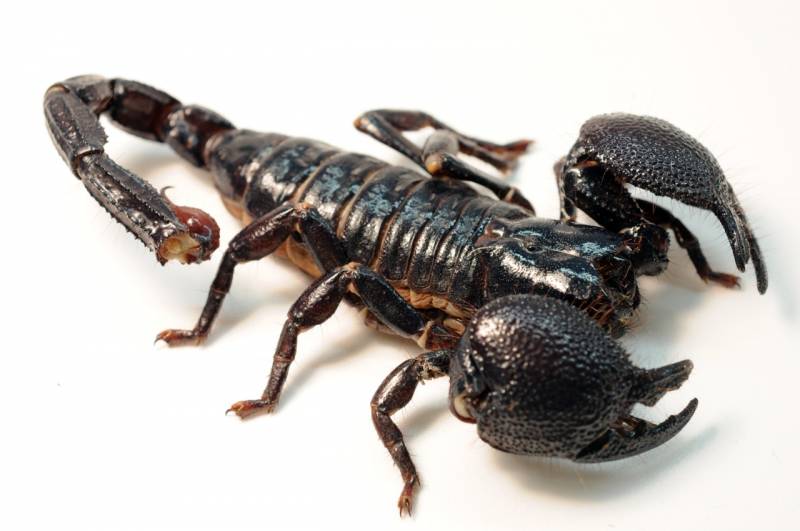

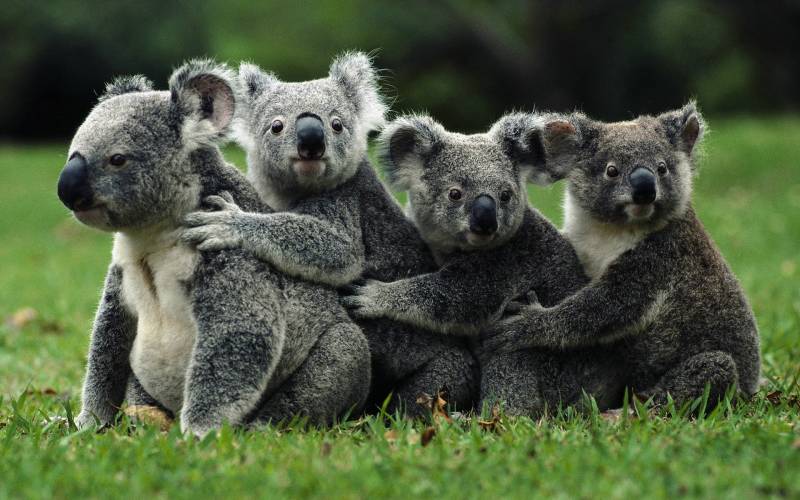
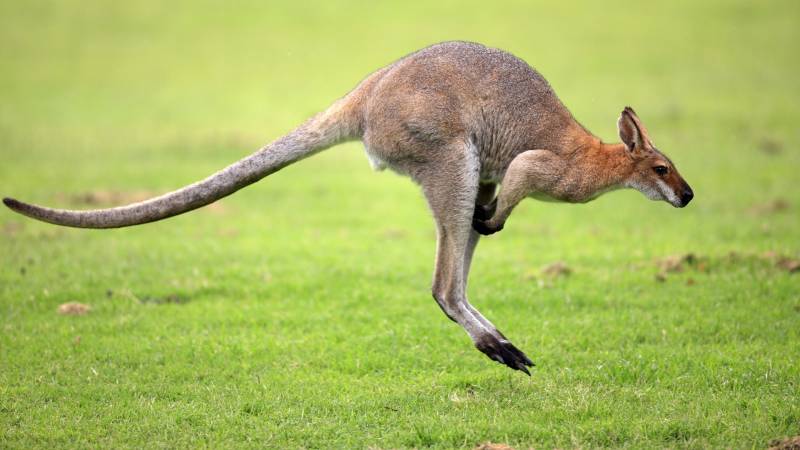
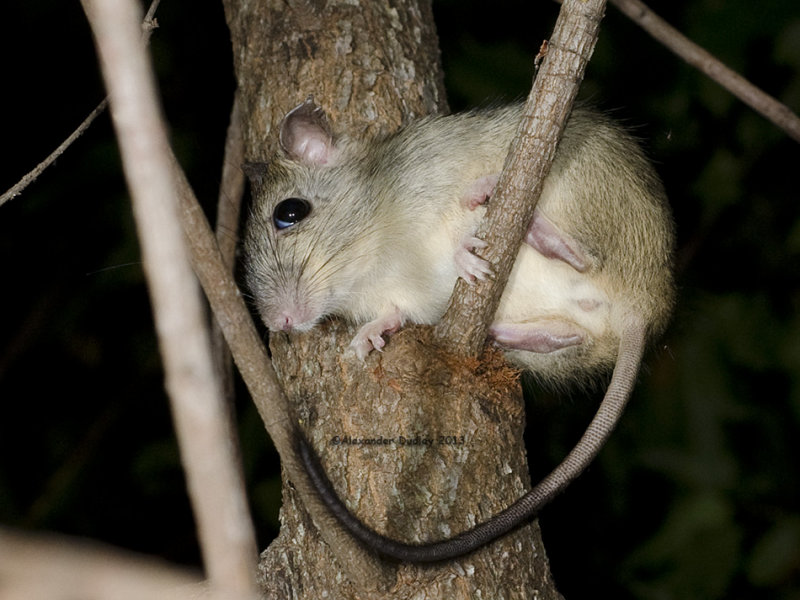
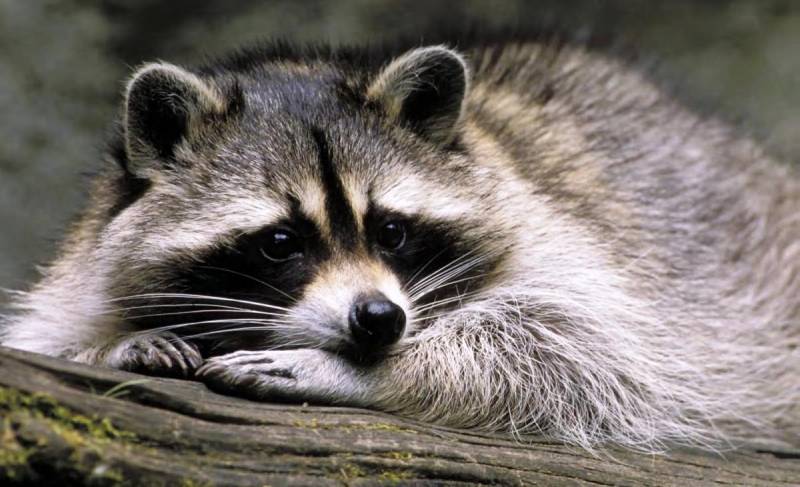

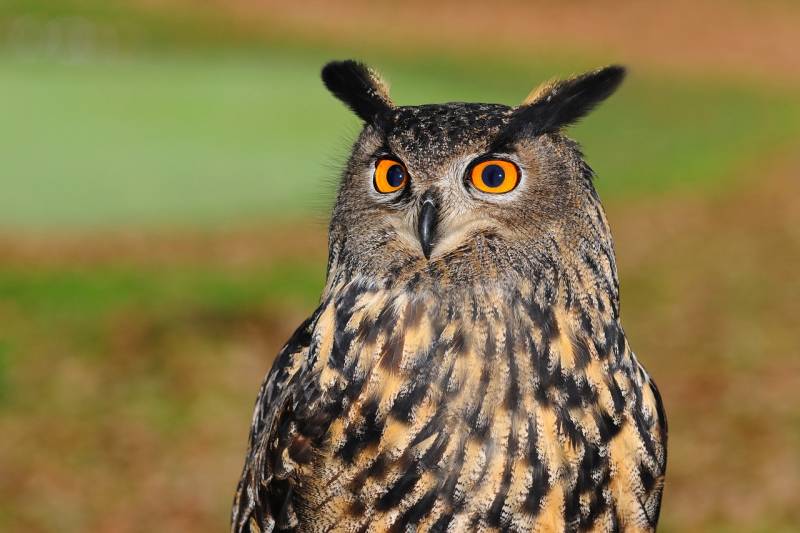
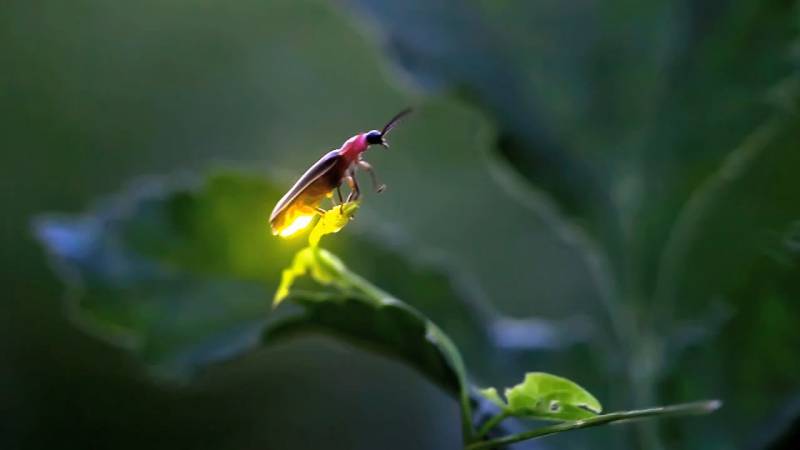
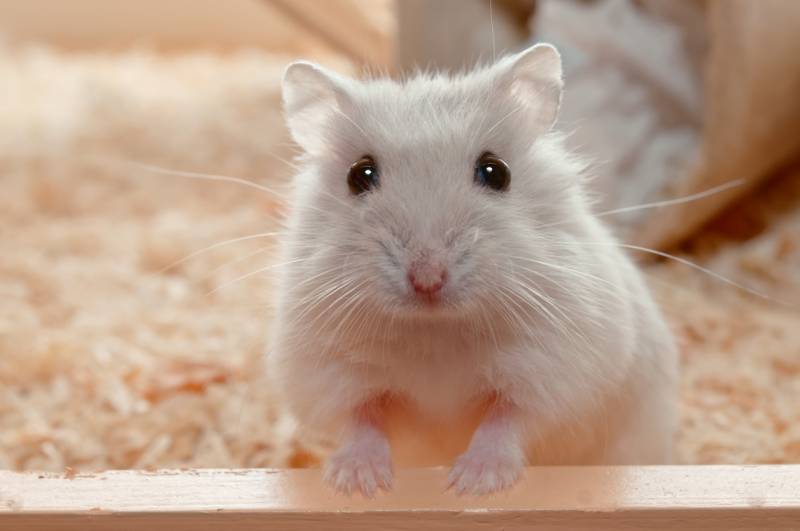
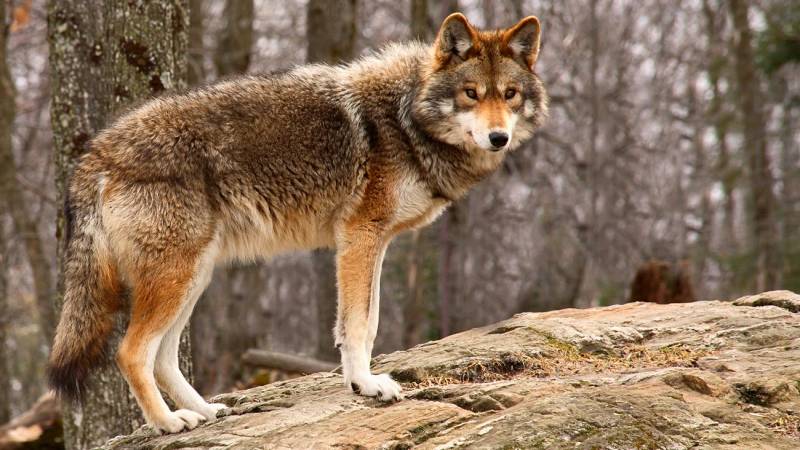
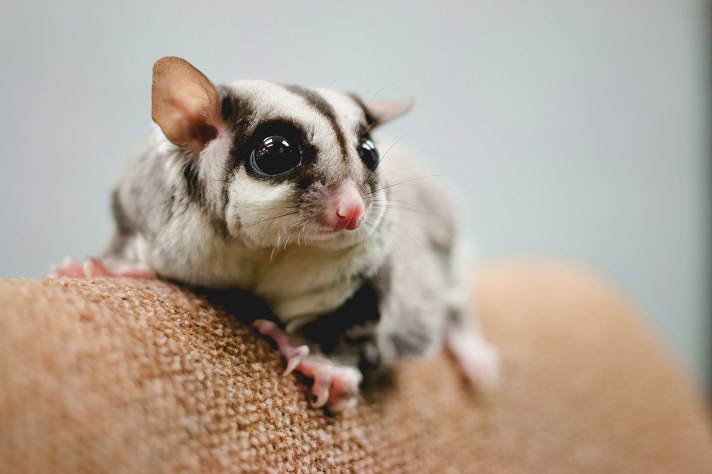

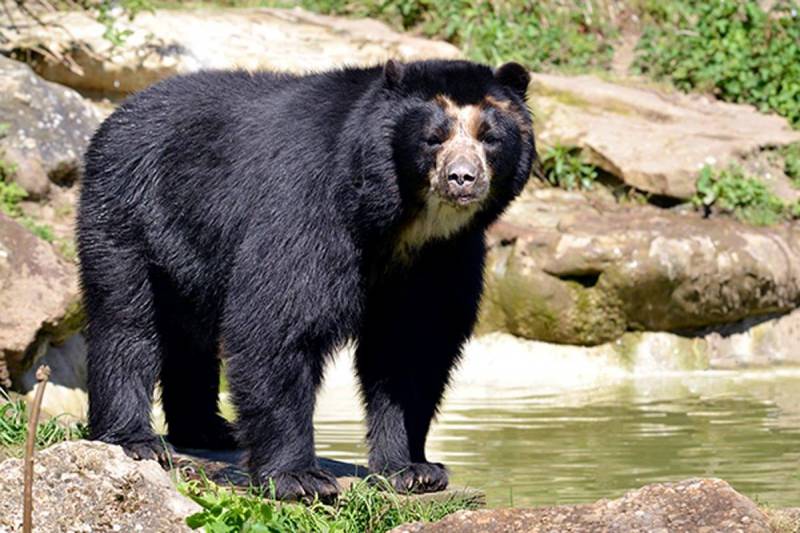
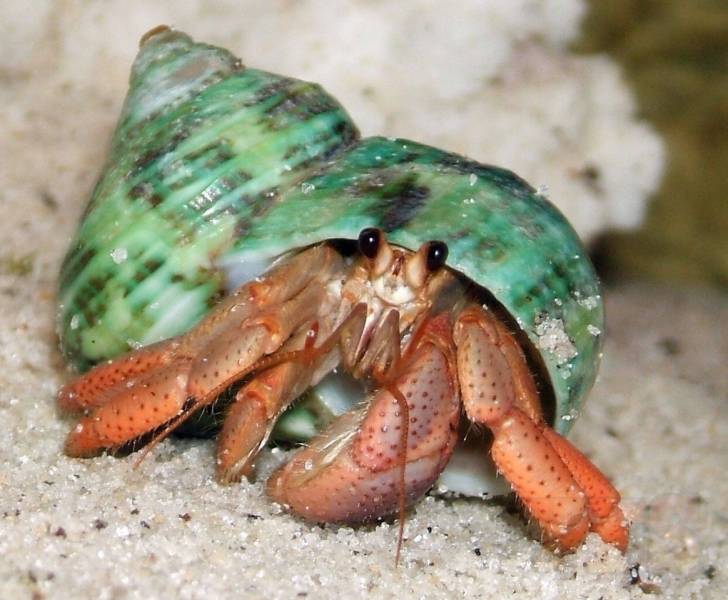
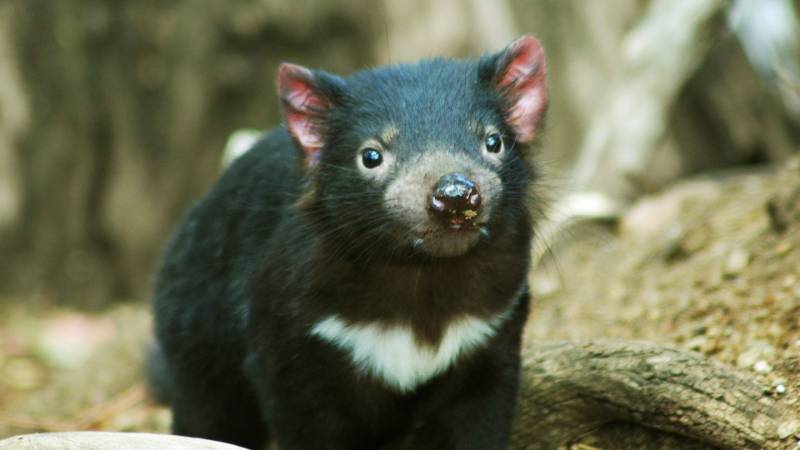
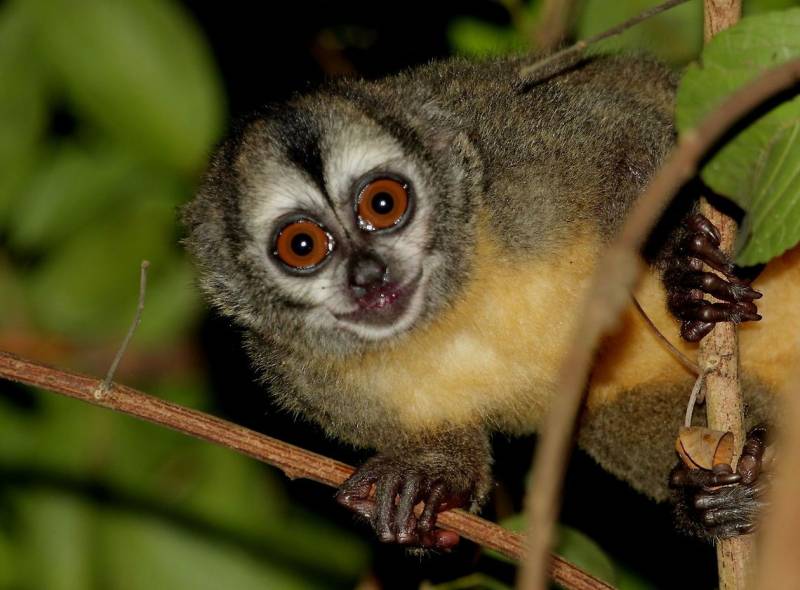
Leave a Reply